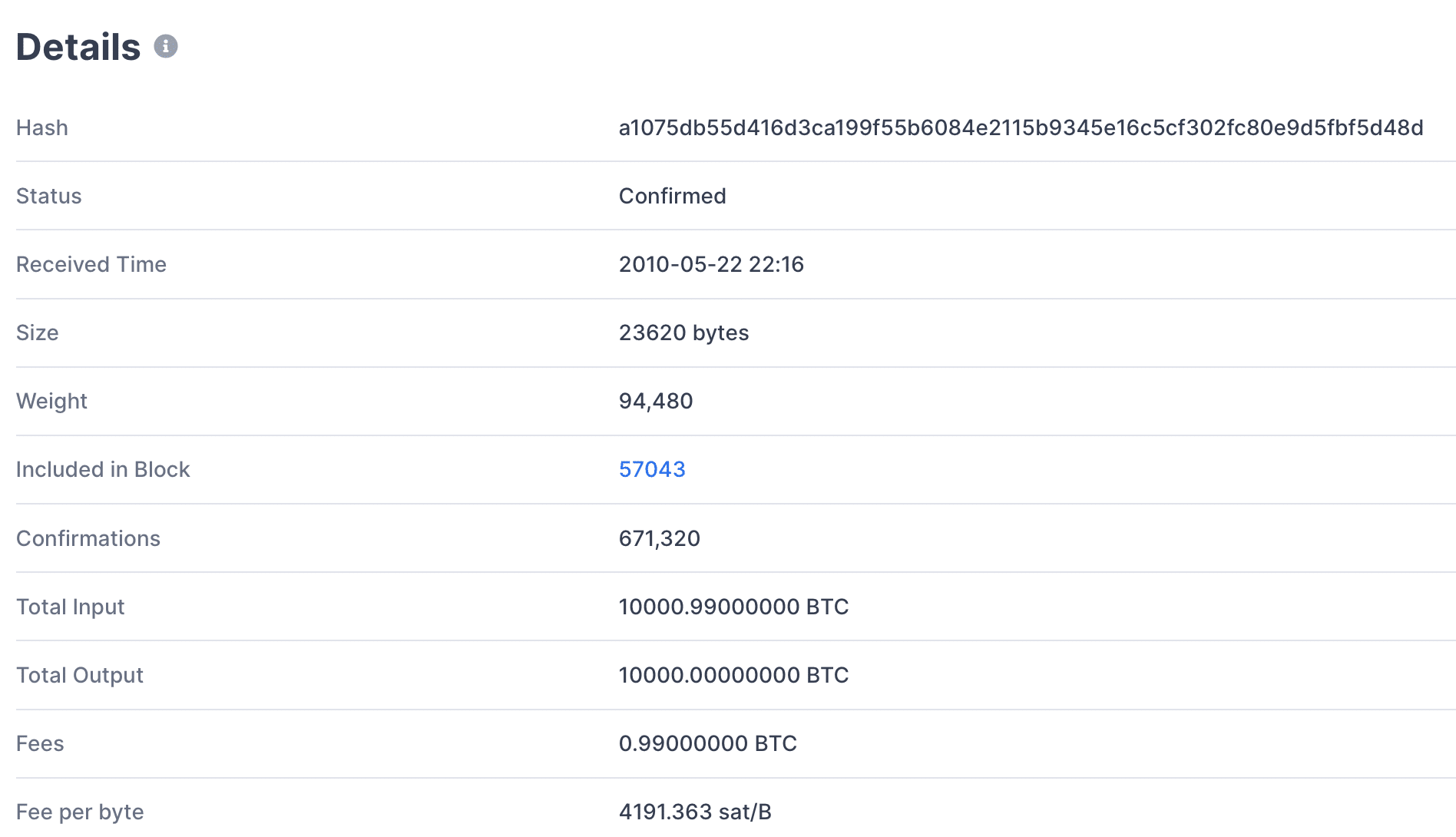beginner
Anyone who has ever tried to buy or exchange cryptocurrency has probably run into the term “transaction ID”. So what is it, and how can it help you when making crypto and fiat transactions?
What Is a Transaction ID?
Transaction ID is a unique identifier that represents a transaction. Each particular transaction has its own transaction ID.
Transaction IDs can look very different depending on the platform, payment system, etc. In most cases, each transaction key will consist of a string of random letters and numbers. Transaction IDs come in all shapes and sizes: they can be long, short, case-sensitive and not, and so on. Transaction IDs usually use latin letters.
OK, but why would you need to know your transaction ID? What is it used for?
You will need a transaction ID if you:
- Need to quickly look up information about a particular transaction
- Need to request a refund
- Have any questions about your transaction and need to contact support about it
- Need to track your funds (especially useful for crypto)
Get the latest crypto essentials first
Subscribe to our newsletters to stay aware of crypto trends
Bitcoin Transaction ID
All crypto transactions that have been verified and added to the blockchain have their own unique transaction ID. A Bitcoin transaction ID, or, as it is also sometimes called, a transaction hash, is a unique string of letters and numbers that is used to refer to and find each individual BTC transaction.
Here is an example of a Bitcoin transaction ID. This is the transaction ID of Laszlo Hanyecz, who bought a pizza with 10K BTC in May 2010.
a1075db55d416d3ca199f55b6084e2115b9345e16c5cf302fc80e9d5fbf5d48d

As you can see, the block explorer shows a bunch of useful information that can be used to track and verify your transaction like the transaction amount, its status, the sender’s crypto address, and more. However, it doesn’t show any private information, so you won’t compromise your identity if you share your transaction ID with others.
PayPal Transaction ID
In March 2021, one of the world’s biggest payment companies, PayPal, launched support for crypto transactions. Since then, the company has made substantial efforts to further integrate crypto and blockchain into its platform and even has plans to launch its own stablecoin.
All PayPal transactions, both crypto and fiat, have their unique transaction identifiers. You can find your PayPal transaction ID in the Activity tab on your PayPal account.
Each PayPal transaction ID is a combination of 17 random letters and numbers.
What Is Transaction ID In Google Pay
Just like PayPal, Google Pay has also introduced a crypto payment service in 2021. In order to find your Google Pay transaction ID, go to pay.google.com and find the “Activity” tab. Then, just select the order you’re looking for — your transaction ID will be at the bottom of the transaction details.
What’s the Difference Between a Purchase ID and a Transaction ID?
A purchase ID is a unique identifier of a particular payment. Although it may seem like the payment ID and the transaction ID overlap, in most payment systems, they are different. A transaction ID does not necessarily follow a purchase. For example, if a user paid for their order using loyalty points, then the system won’t assign that purchase a transaction ID, as there was no transfer of funds.
How to Get a Transaction ID From a Payment?
Most crypto exchanges and marketplaces will display the transaction ID at the end of the exchange/purchase/sale.
If you’ve lost your transaction ID, you can look for it in either your crypto wallet or email inbox — the former usually records all the crypto payments you make, while the latter should have an email that confirms your transaction and contains its ID. Some services can also record your transaction history if you create an account on their platform, which is another great way to keep track of all the transaction IDs you may need to find in the future.
If all else fails, you can always find your transaction ID by using the block explorer. However, as there are some cryptocurrencies that have thousands of transactions performed per second, sometimes this solution is simply not feasible. In order to narrow down the search, you can input your public address and any other details you can remember, e.g. the date or the sum of the transaction.
Disclaimer: Please note that the contents of this article are not financial or investing advice. The information provided in this article is the author’s opinion only and should not be considered as offering trading or investing recommendations. We do not make any warranties about the completeness, reliability and accuracy of this information. The cryptocurrency market suffers from high volatility and occasional arbitrary movements. Any investor, trader, or regular crypto users should research multiple viewpoints and be familiar with all local regulations before committing to an investment.

